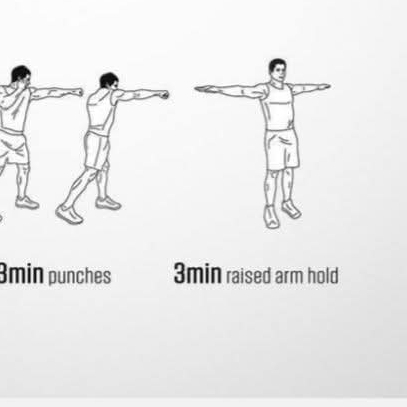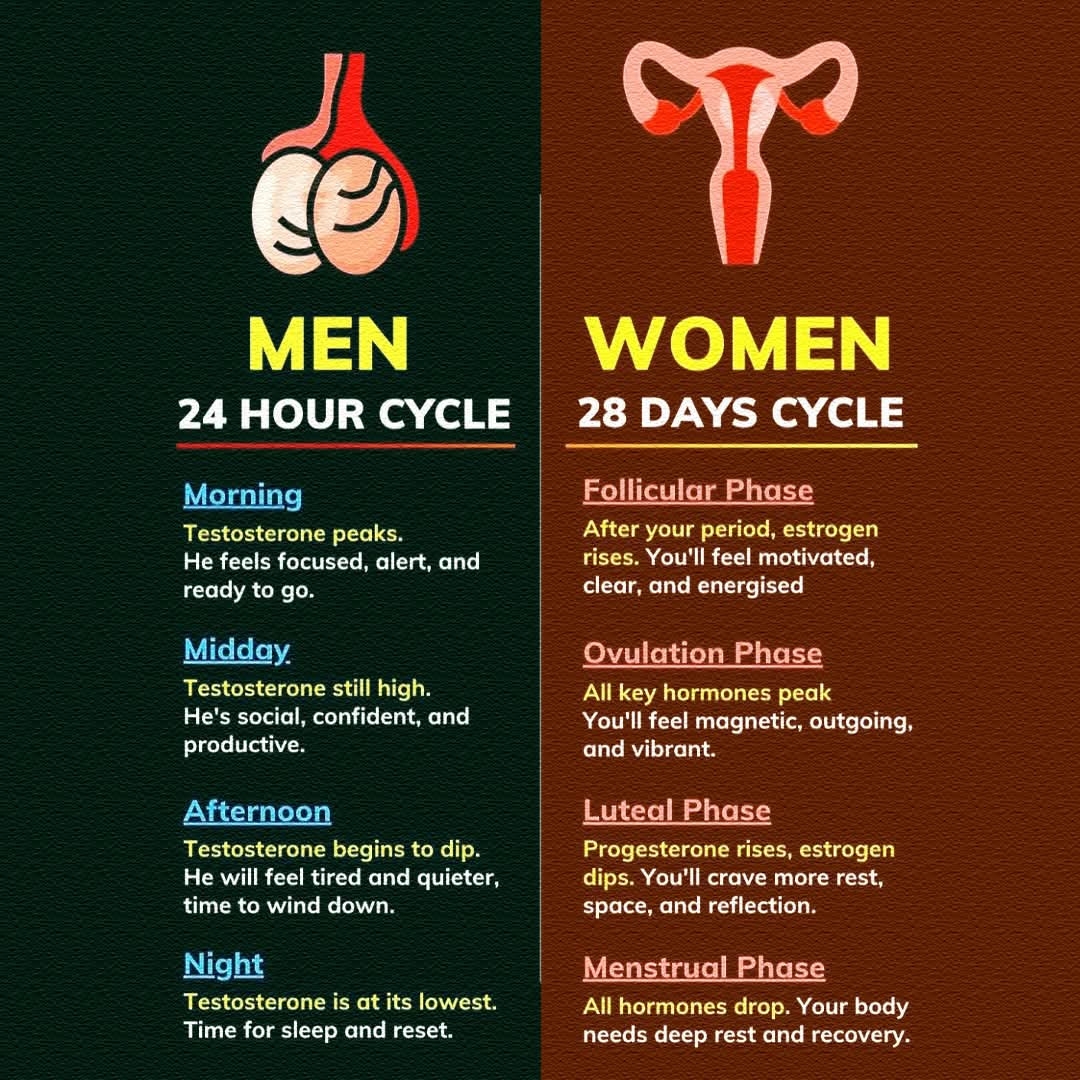- Public Group
- 85 Posts
- 51 Photos
- 0 Videos
- Natural
Recent Updates
- https://www.latimes.com/fitness/workouts/story/japanese-walking-method-fitnessWWW.LATIMES.COMThe Japanese Walking Method Might Change How You Use Walking for FitnessThe Japanese walking method is gaining attention as a low-impact workout with huge benefits. Learn how the interval walking technique compares to the 12-3-30 treadmill workout.0 Comments 0 Shares 20 ViewsPlease log in to like, share and comment!
-
-
- https://www.eatthis.com/classic-bodyweight-moves-build-muscle-after-45/WWW.EATTHIS.COM4 Classic Bodyweight Moves That Build More Muscle Than Gym Workouts After 45A coach shares four classic bodyweight moves that outbuild many gym workouts for strength and muscle after 45.0 Comments 0 Shares 44 Views
-
-
- https://www.today.com/health/diet-fitness/german-volume-training-rcna229898WWW.TODAY.COMGerman Volume Training May Be the Most Effective Way to Build Muscle, but Is It Safe?GVT is a high-volume workout that builds strength and muscle mass quickly. But a personal trainer says it's not a safe workout for everyone.0 Comments 0 Shares 125 Views
- https://www.sciencedaily.com/releases/2025/09/250912195101.htmWWW.SCIENCEDAILY.COMFatty liver breakthrough: A safe, cheap vitamin shows promiseResearchers identified microRNA-93 as a genetic driver of fatty liver disease and showed that vitamin B3 can effectively suppress it. This breakthrough suggests niacin could be repurposed as a powerful new treatment for millions worldwide.0 Comments 0 Shares 124 Views
- https://www.foxnews.com/health/fitness-expert-reveals-pillars-strength-training-older-adults-should-masterWWW.FOXNEWS.COMFitness expert reveals 6 pillars of strength training that older adults should masterHealth experts recommend strength training as the main priority for older adults to prevent muscle decline and maintain functional fitness for daily activities.0 Comments 0 Shares 119 Views
- https://www.tomsguide.com/wellness/fitness/new-to-weightlifting-im-a-coach-and-these-are-the-5-dumbbell-exercises-i-swear-by-for-building-strength-and-muscleWWW.TOMSGUIDE.COMNew to weightlifting? I’m a coach, and these are the 5 dumbbell exercises I swear by for building strength and muscleThey'll also build a strong core.0 Comments 0 Shares 110 Views
More Stories





